Another LeSS Training (CLP) with Craig Larman is in the CompuBox. This highly engaging training brought together 35 attendees from all over the globe. One of the attendees was
Chet Hendrikson. A bit about Chet:
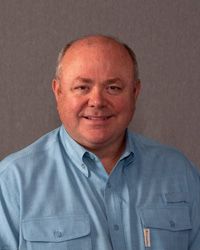
Chet has been involved with Agile Software Development since 1996 and is the first signatory to the Agile Manifesto. Along with his long-time friend and colleague Ron Jeffries, Chet has made the following important contributions to the global agile community:
- Wrote Extreme Programming Installed (also with Ann Anderson)
In 2009, developed for Scrum Alliance the Certified Scrum Developer program
- Taught the first Certified Scrum Developer (CSD) course
- Have been curating the Scrum Alliance’s Agile Atlas website
- Created the SA’s official Scrum description, Core Scrum
- Speak at conferences, bringing an interesting mix of humor and deep knowledge, and the odd cat picture.
This is what Chet had to say about the course:
“Chet Went to Craig’s LeSS Course”
Many years ago, I wrote an article entitled “Inside every 100-person project is a 10-person project trying to get out.” That pretty much sums up my feelings about Agile at scale.
My interests have always been with the programmers and their safety and not with how to “Agilize” the organization. Some of this was a reaction to the failure of most Agile transformations.
I have also been paying attention to Craig Larman and Bas Vodde’s Large Scale Scrum (Less). So, when I saw that Craig was teaching a LeSS Practitioner course in New York on a week I was not working, I signed up.
There were a couple of reasons for me to take some time away from my wife and cats to do this. First, after having read the LeSS books, I wanted to learn more. And, secondly, I have always enjoyed my interactions with Craig and wanted to spend some more time with him.
The course is three full days, 8:30 to 6:00, and involves a great deal of hands on work. And, I do mean work.
Craigs starts the class by saying that “you won’t successfully be able to return to your workplace and ‘give a summary’ of your insights; it is futile & won’t be understood.”
He is right about this. But I will try and give you my impressions of the course.
One of the key takeaways from the course is something I already believed, which is don’t scale. Do everything possible to build your product with one time. If that is not enough, find ways of descaling your problem. Only if that fails take the steps required to turn your organization into one that can build large products with Scrum. Doing this effectively will require many changes. Most of which are about removing management and simplifying information flows.
Craig’s organizing principle for the course is that in order to successfully use these ideas, you must own them. Having an instructor, no matter how good they are, no matter the depth of their experience, teach you something is no where as good as discovering the answers yourself. To this end, we spent most the the course learning and practicing organizational modeling to derive the practices and structures that align with our goals.
In the course, our goals where to create a learning organization that has the ability to “turn on a dime for a dime.” You may have other goals, but these tools will help better align with them no matter what they are.
Only on the afternoon of the last day did we turn to a full discussion of LeSS. This was very insightful and was a fitting way to close out the course.
If you are interested in Scrum at scale, I highly recommend this course. If you are interested in bringing your organization into sync with its goals, then this is the place to start.
Some more Kodak moments from the event are below:
 Chet has been involved with Agile Software Development since 1996 and is the first signatory to the Agile Manifesto. Along with his long-time friend and colleague Ron Jeffries, Chet has made the following important contributions to the global agile community:
Chet has been involved with Agile Software Development since 1996 and is the first signatory to the Agile Manifesto. Along with his long-time friend and colleague Ron Jeffries, Chet has made the following important contributions to the global agile community: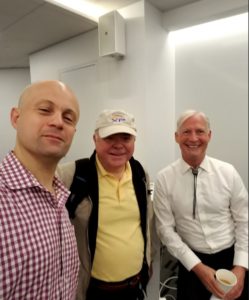
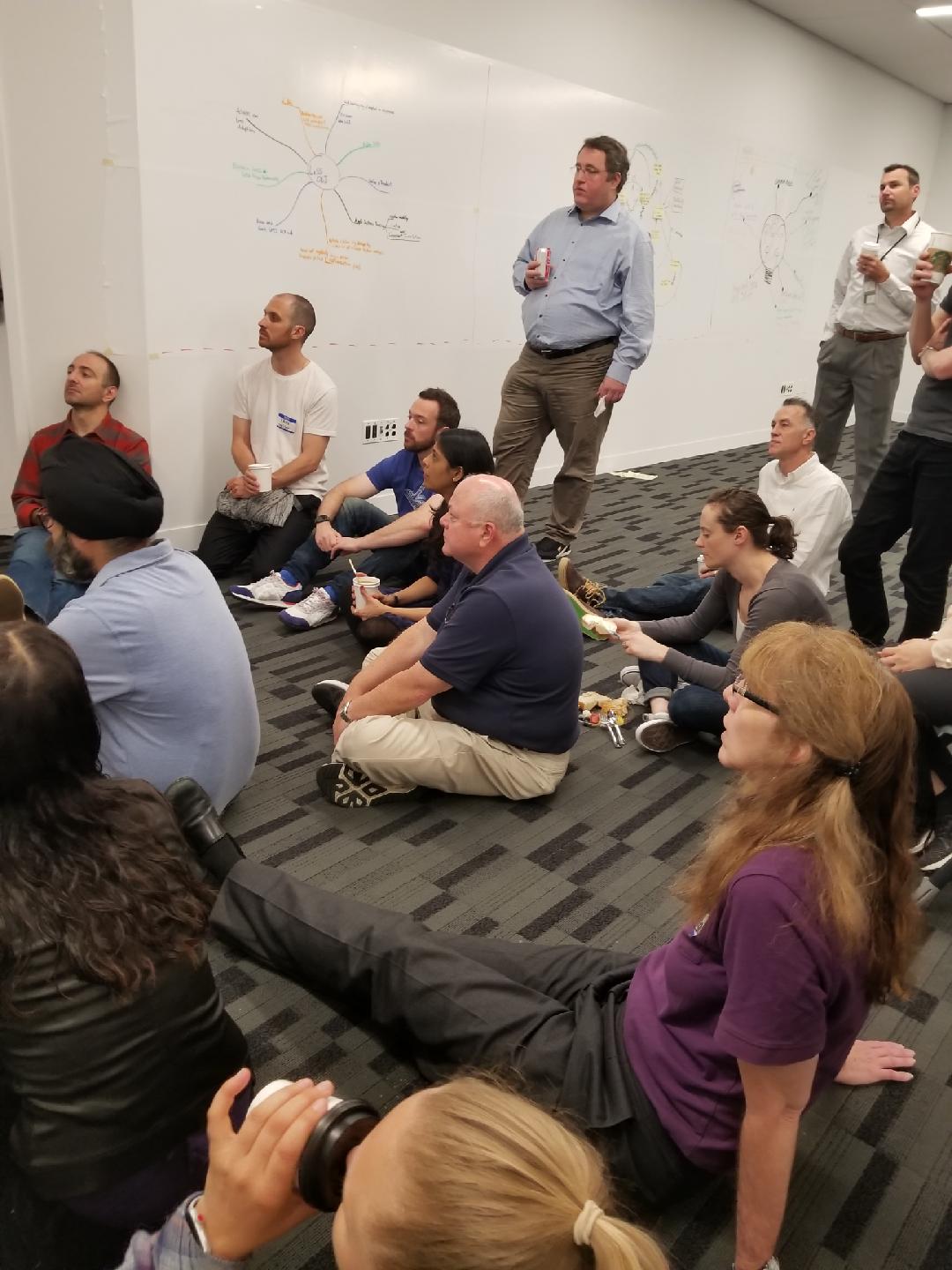
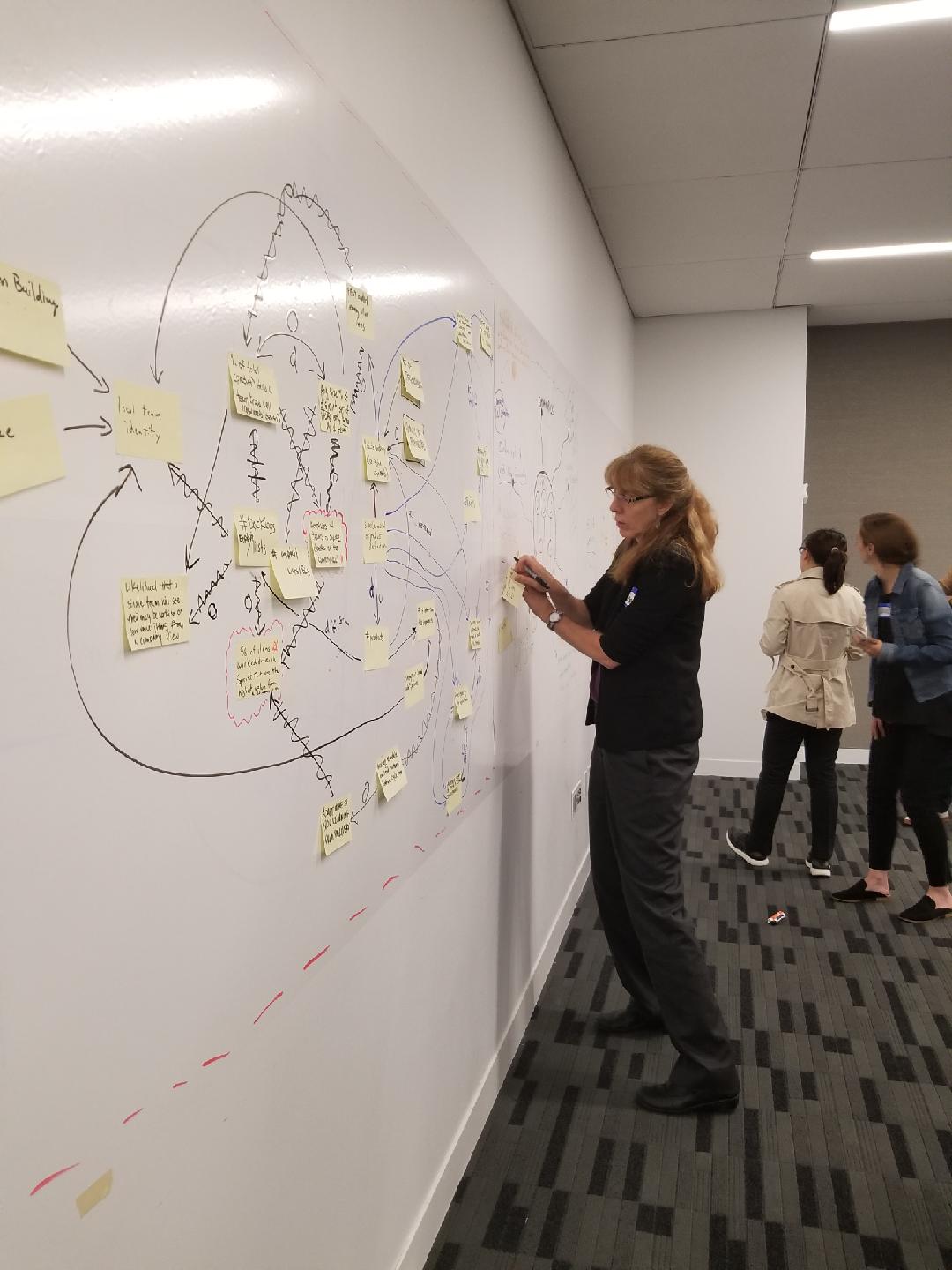
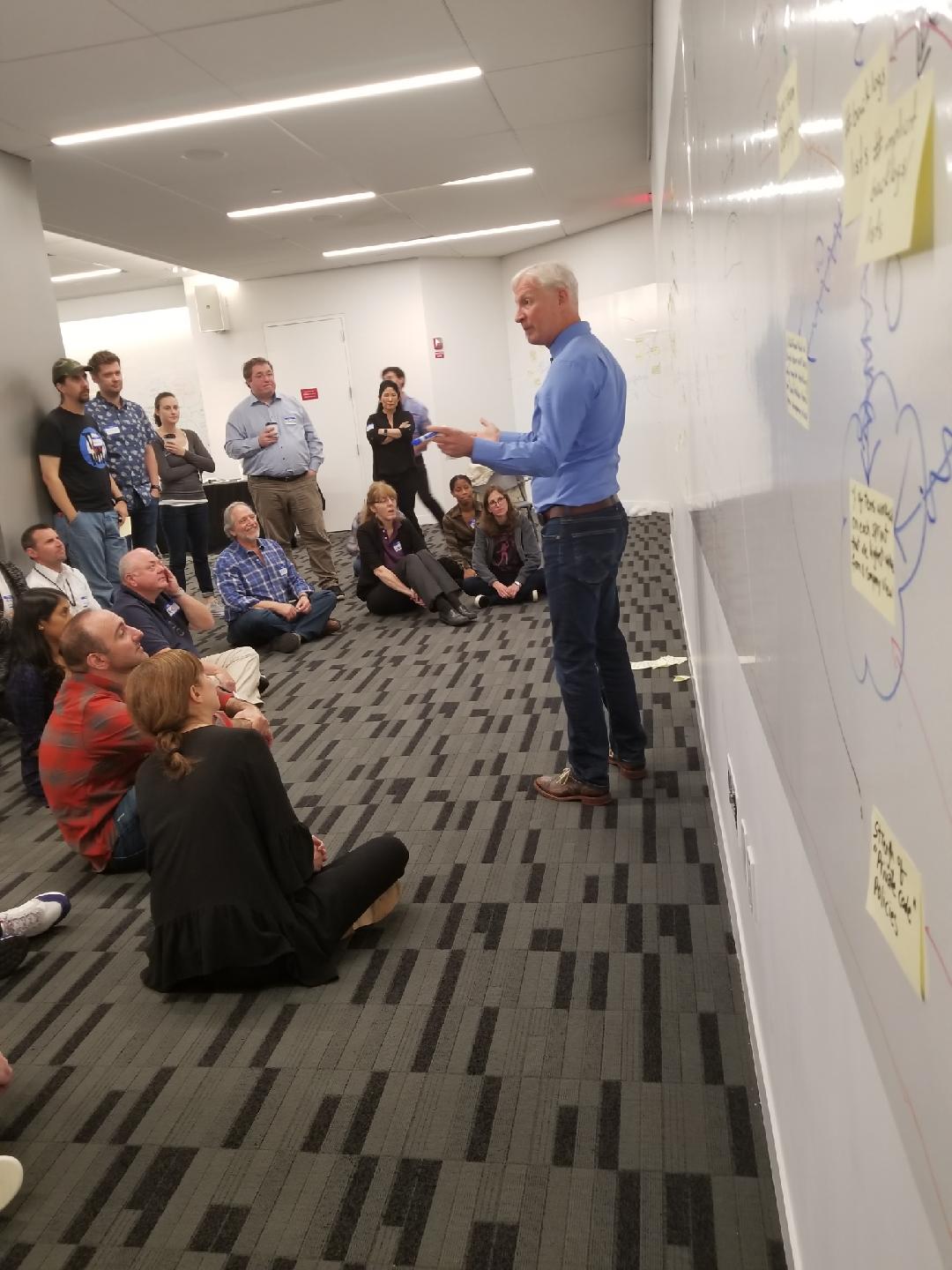
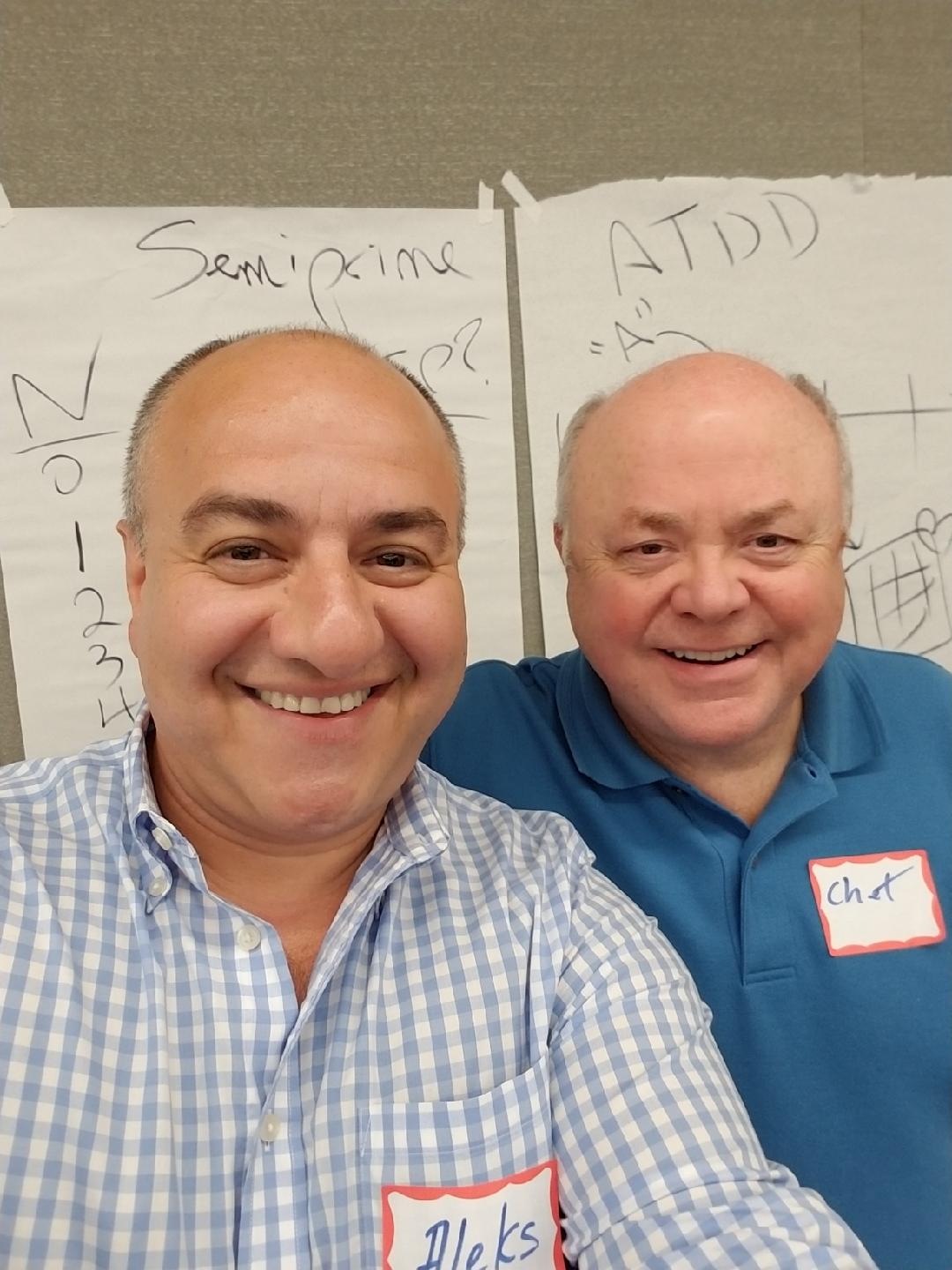
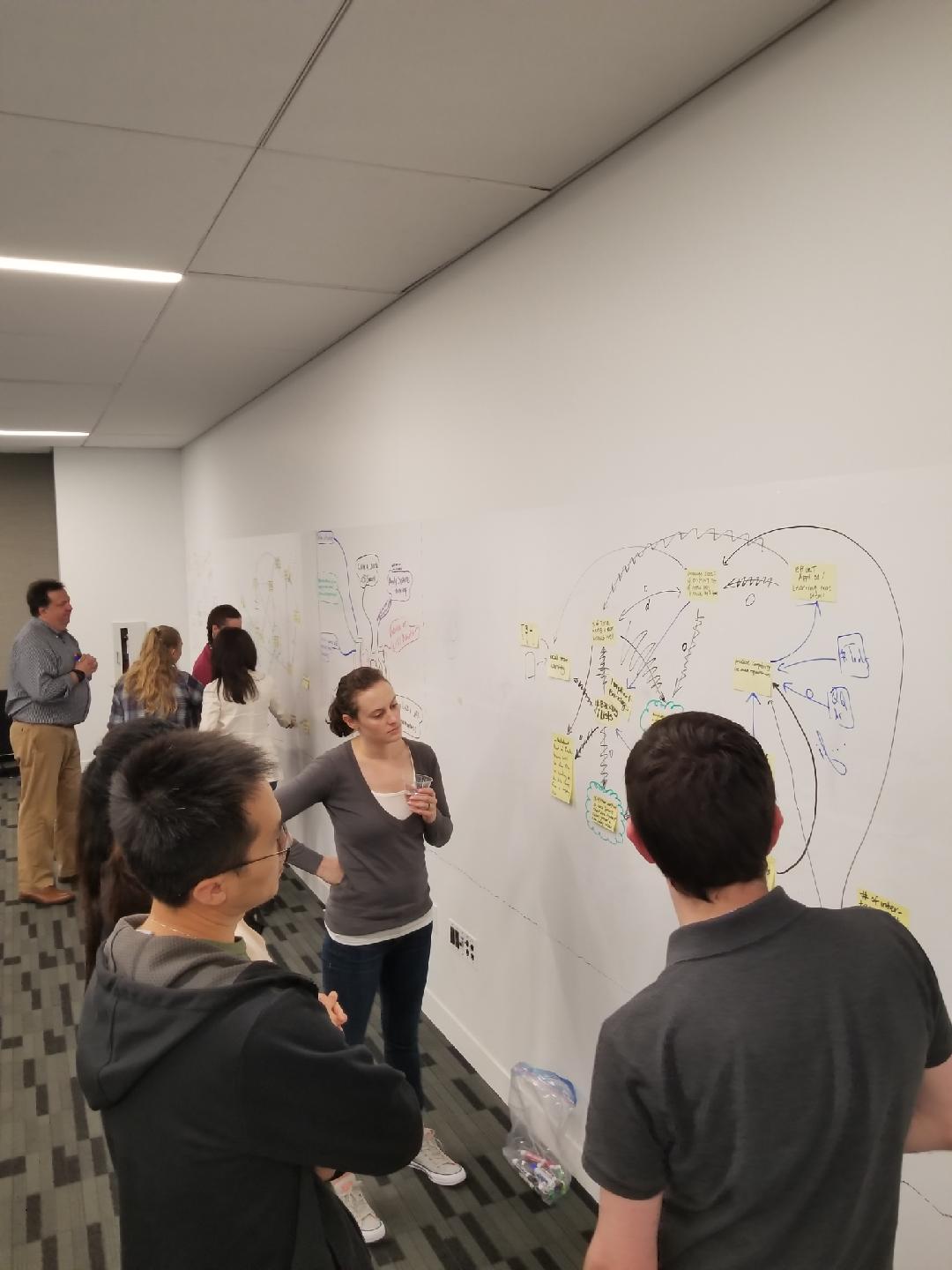
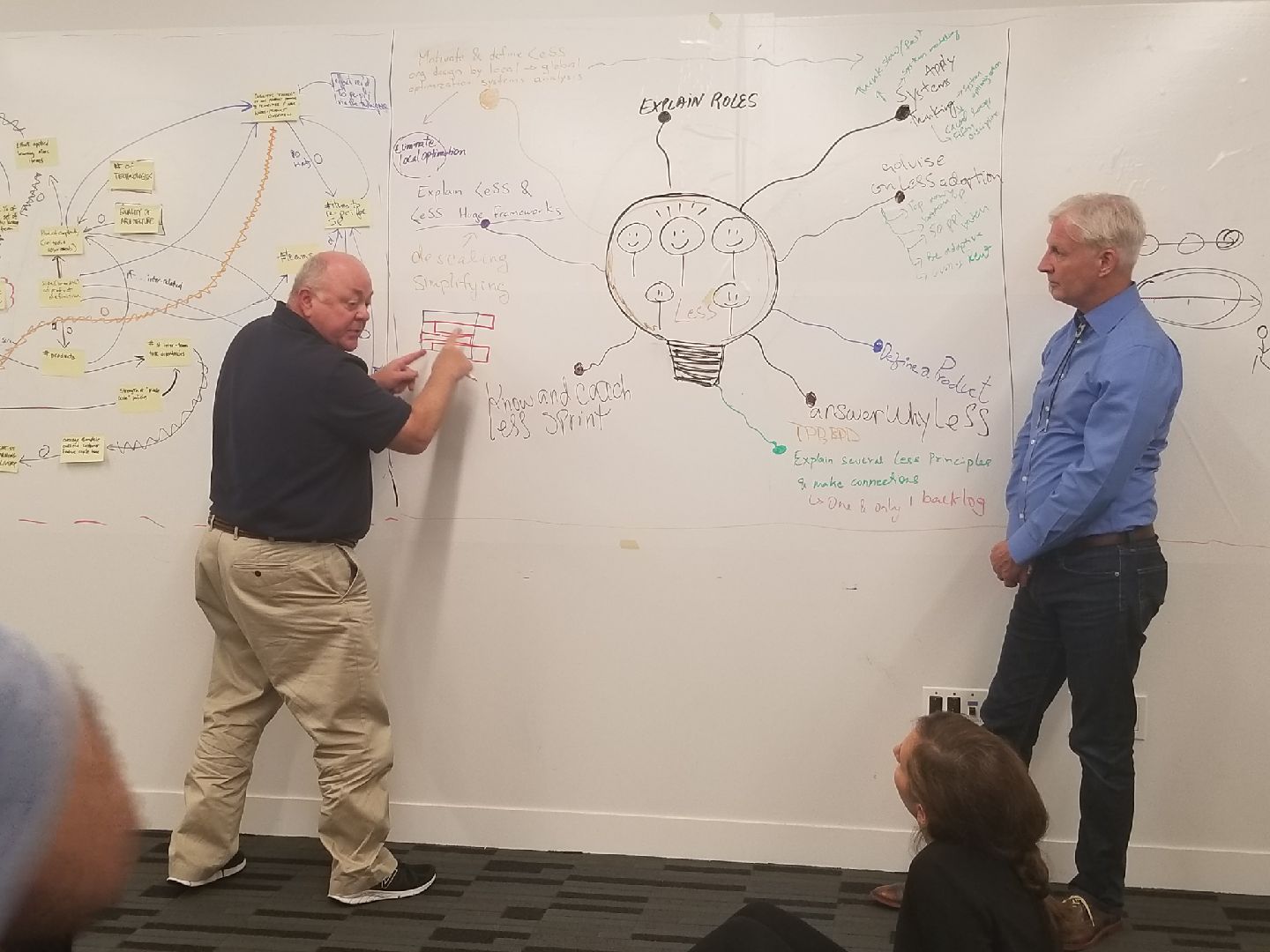
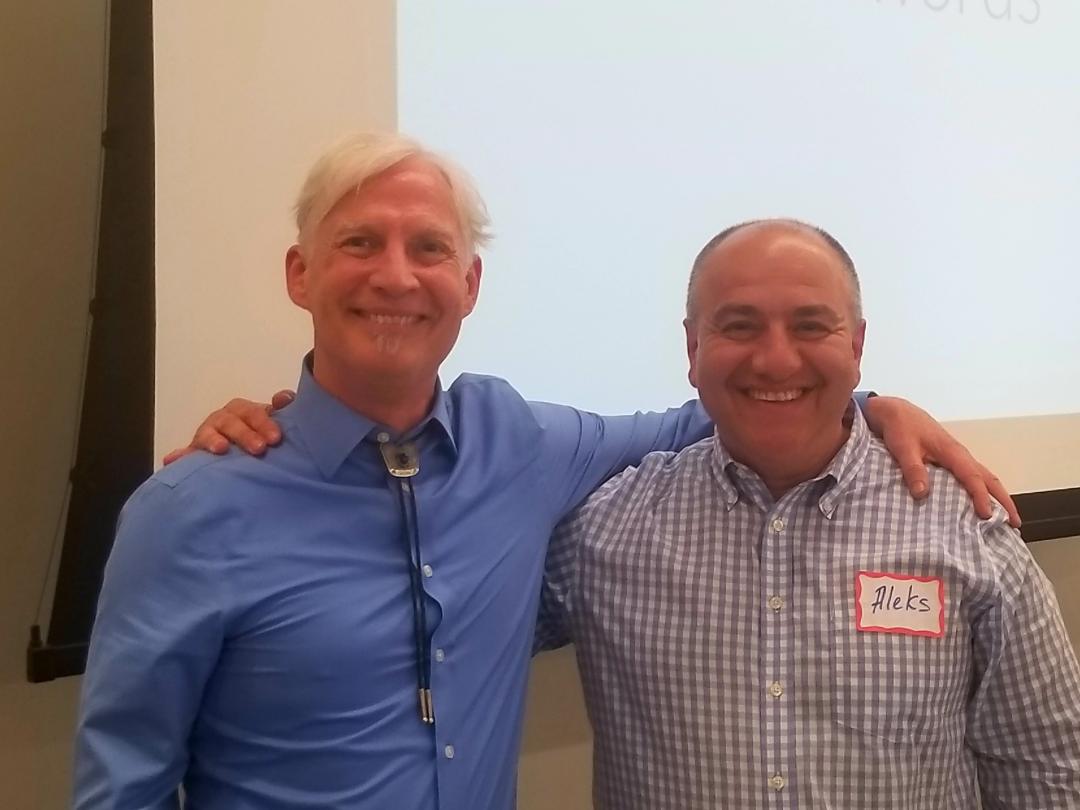
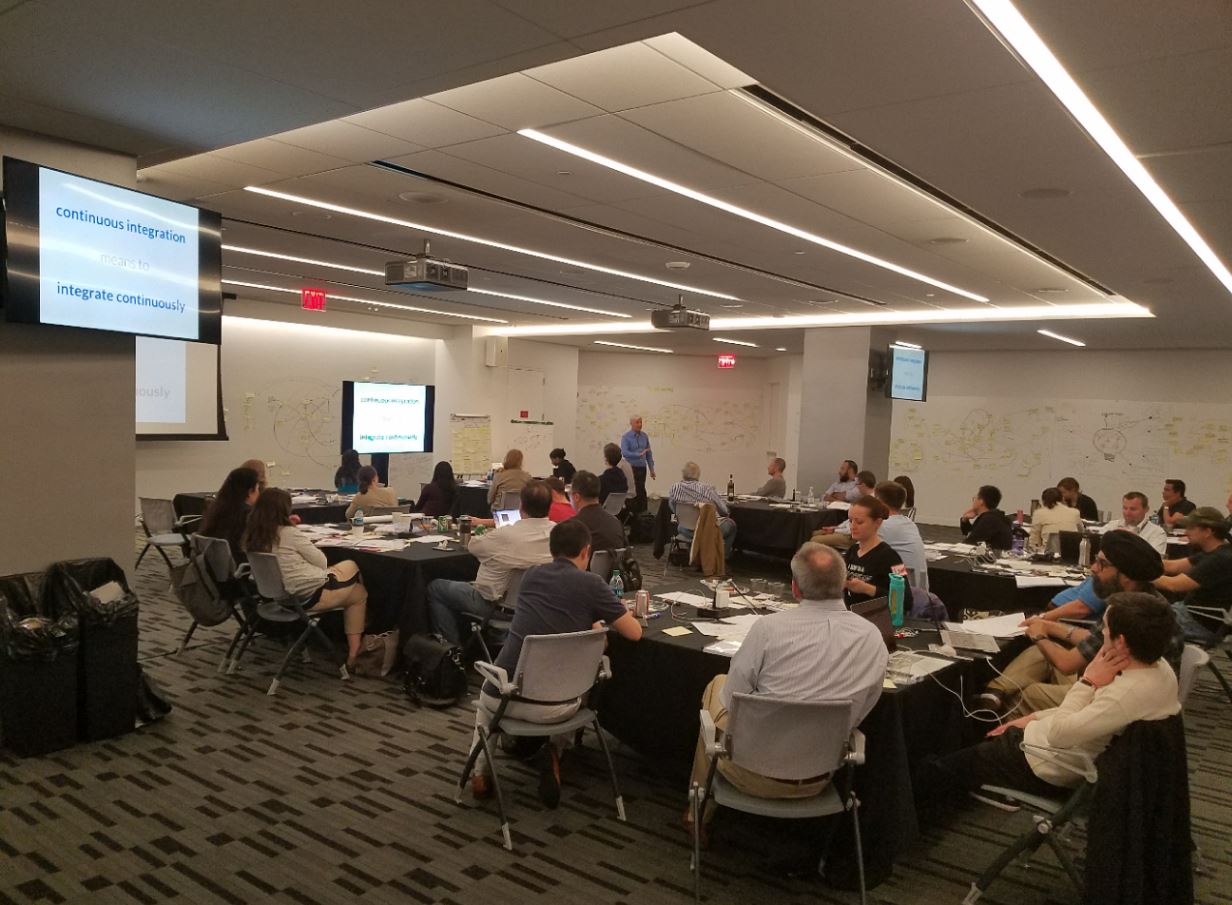
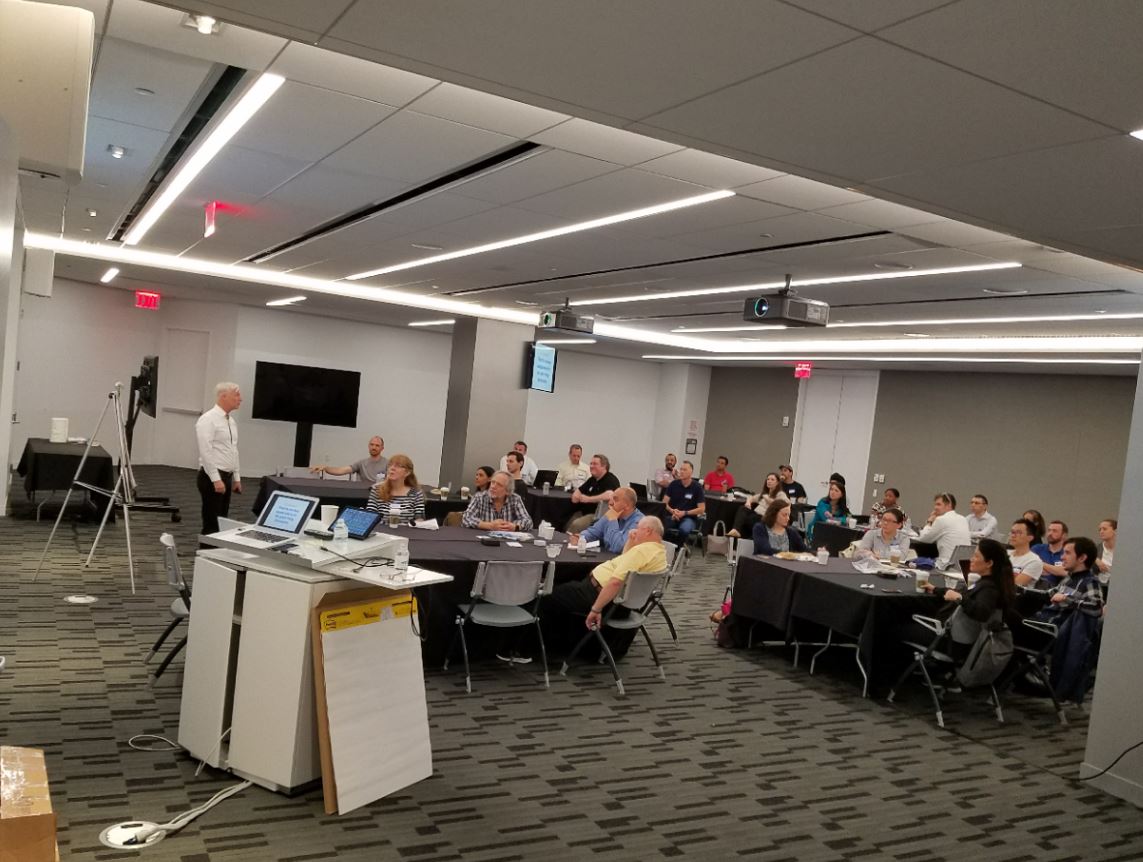
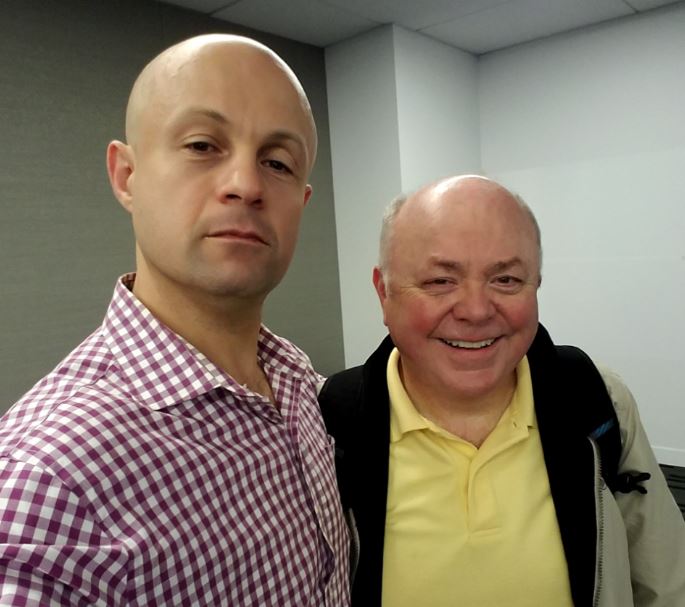
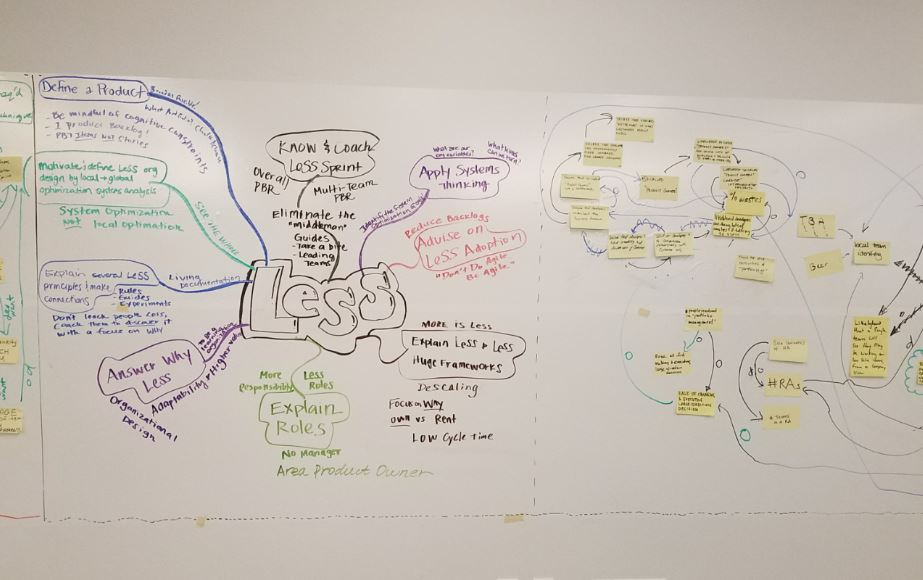

I have been following with interest the LeSS Framework and its increasing popularity .
I absolutely enjoyed the content of the today’s CLP course, and the way it was presented by Craig Larman. co-creator of LeSS.
The hands on the mind map with other students like my new friend Agile hero Chet Hendrickson helped in seeing the whole picture of system thinking and negative effect of local optimization. This fast paced 3-day course in-depth covered systematic approach adopting and improvising the LeSS framework across multiple teams through real case studies, Scrum literature and practical applications of LeSS.
During the course Craig focused on how agility is not meant to be a practice solely for the intention of “creating more efficient teams who deliver high-quality, faster,” although of course this is a natural outcome when teams are agile.
He guided us through concept to a deeper level. Quoting him “Focus on the main reasons why organization adapting agile approaches, including Scrum, is to discover successful solutions by being able to … turn on a dime for a dime.
Therein lies the beauty of being agile. When we are discovering successful solutions and putting through them quickly, even with very little planning, then we are embracing the fundamental essence of agility.
Thank you
Aleksandr P. Kizhner
I have to agree with Alex, this was a great course. We learned that LeSS is not something you just implement, but something you use system analysis with your customers to reason to, focusing on system optimization rather than local. We leaned to consider the goals of the organization and only consider LeSS only if the organization’s goal is to be adaptive, and become a learning organization and then, only if a Product is being produced.
The classes also helped me achieve a deeper understanding of the history of Scrum and refocus on the various disciplines in the Agile space. From now on I will try not to use “Agile” Jargon, rather I will get back to the basic principles and Kent Beck teachings about Scrum, and the techniques of XP.
I also have to say that I was a bit apprehensive keeping focus in a class that went from 8:30-6:00 every day, but actually the time went by too fast. This class only whetted my appetite to learn more from Craig.